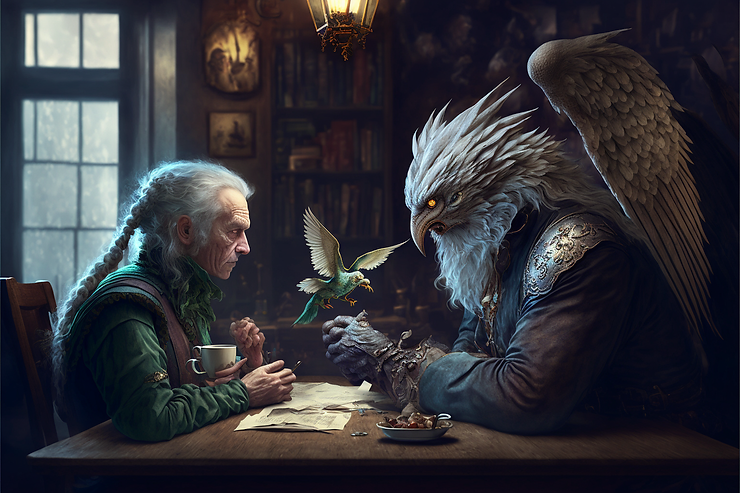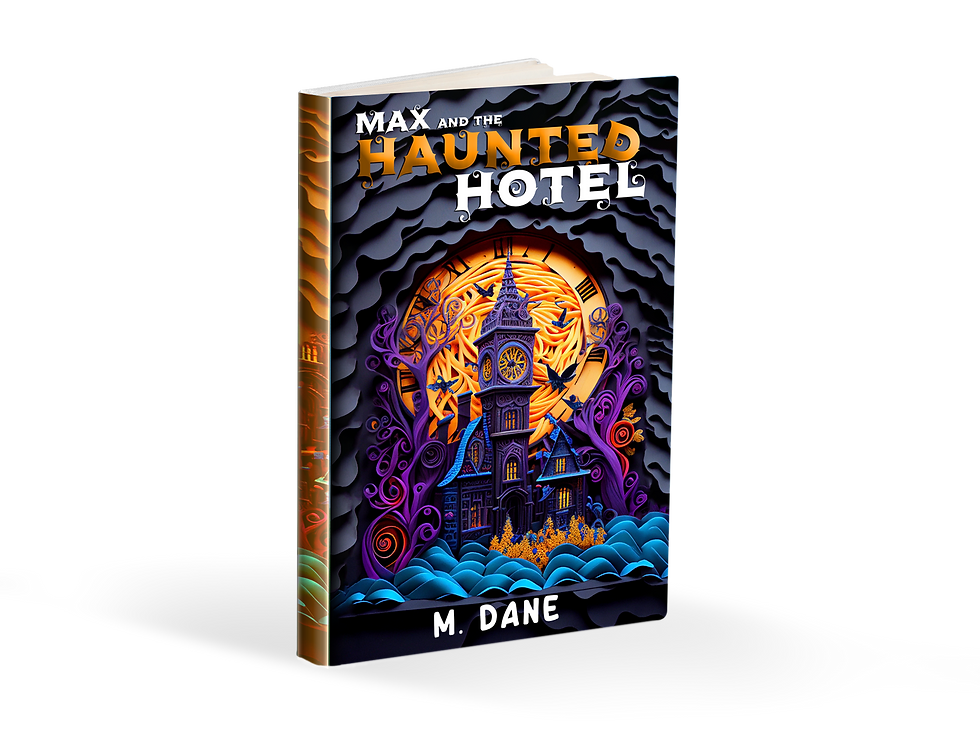Dialogue is one of the most important elements in storytelling. It allows characters to express their thoughts, motivations, and emotions, and also advances the plot. Good dialogue can make or break a story, and mastering the art of writing dialogue is essential for any writer looking to craft engaging, believable characters and captivating narratives.

The Basics of Writing Dialogue
Writing dialogue is much more than simply transcribing a conversation. In order to create engaging dialogue, you need to think about the tone, the rhythm, and the pace of the conversation. The dialogue should sound natural and realistic, while also serving a purpose within the story.
Here are some tips to help you write effective dialogue:
Vary the speech patterns of your characters. Each character should have their own unique way of speaking, whether it be a particular word choice, syntax, or accent.
Use body language to enhance your dialogue. Body language can often convey more than words alone, and incorporating it into your dialogue can make it feel more natural and realistic.
Pay attention to pacing. Conversations should have a natural rhythm, and the pace should reflect the emotional state of the characters.
Avoid using too much dialogue tags. Instead of using “he said” or “she said” after every line of dialogue, use action beats or body language to show who is speaking.

Writing Subtext Through Dialogue
In writing, dialogue is a powerful tool for conveying character and plot. When effectively utilized, subtext, or the underlying meaning behind a character's words, can elevate dialogue to new heights. By revealing a character's motivations, emotions, and inner thoughts, subtext adds depth and complexity to a conversation.
To master the art of writing subtext in dialogue, it is important to understand the desires and motivations of each character involved in the conversation. This knowledge allows you to craft dialogue that reflects these underlying desires and thoughts.
A prime example of the use of subtext in literature can be found in F. Scott Fitzgerald's "The Great Gatsby". In one scene, the character Daisy Buchanan expresses her love for her daughter by making a seemingly innocuous statement about the child's hair. However, through the use of subtext, the reader is able to infer the deep love and affection that Daisy feels for her daughter, despite her inability to directly express it. By effectively utilizing subtext, Fitzgerald is able to reveal character and deepen the emotional impact of the scene.

Crafting Conversations That Move the Plot Forward
Dialogue is a crucial aspect of storytelling and can be used to reveal information, build tension, and establish relationships. Consider the following examples from literature to see how effective dialogue can help to move the plot forward:
Revealing Information Through Dialogue
In Jane Austen's "Pride and Prejudice", Elizabeth Bennet and Mr. Darcy engage in a conversation in which they discuss their respective backgrounds and motivations. Through their exchange, the reader is able to learn about the characters' personalities, social standing, and what drives them.
Example:
Elizabeth: "You have said quite enough, Mr. Darcy. I perfectly comprehend your feelings, and have now only to be ashamed of what my own have been."
Mr. Darcy: "I am only too conscious of the extent of my blunders, and have been painfully aware of your indifference towards me."
Building Tension and Conflict Through Dialogue
In William Shakespeare's "Romeo and Juliet", the titular characters engage in a heated argument in which they express their opposing opinions on love and family loyalty. Through their disagreement, the reader is able to experience the tension and conflict that drives the story.
Example:
Romeo: "With love's light wings did I o'erperch these walls, for stony limits cannot hold love out."
Juliet: "My only love sprung from my only hate! Too early seen unknown, and known too late!"
Establishing Relationships Through Dialogue
In Harper Lee's "To Kill a Mockingbird", Scout and Jem engage in conversations with their father, Atticus, in which they discuss the complexities of justice and morality. Through these exchanges, the reader is able to learn about the close relationship between the siblings and their father, as well as their shared values.
Example:
Atticus: "You never really understand a person until you consider things from his point of view... Until you climb into his skin and walk around in it."
Scout: "Mr. Cunningham's basically a good man. He just has his own ideas of things."
Jem: "He's just not used to folks like us being polite to him."

The Art of Writing Engaging Dialogue
In conclusion, writing good dialogue is an essential skill for any storyteller. By incorporating these tips, you can craft conversations that are both natural and serve a purpose within the story. Whether you're a seasoned writer or just starting out, good dialogue takes practice and patience. But with time, you can become a master of the art, just like in my new book, Max and the Haunted Hotel, where the dialogue brings the characters and story to life, making it a page-turner for readers. So, make the effort, and you will see the results in your writing.

Remember, the key to writing effective dialogue is to make it feel natural, believable, and to serve a purpose within the story. With time and practice, you can become a master of the art of writing dialogue, and create stories that will captivate and entertain your readers.


Comments